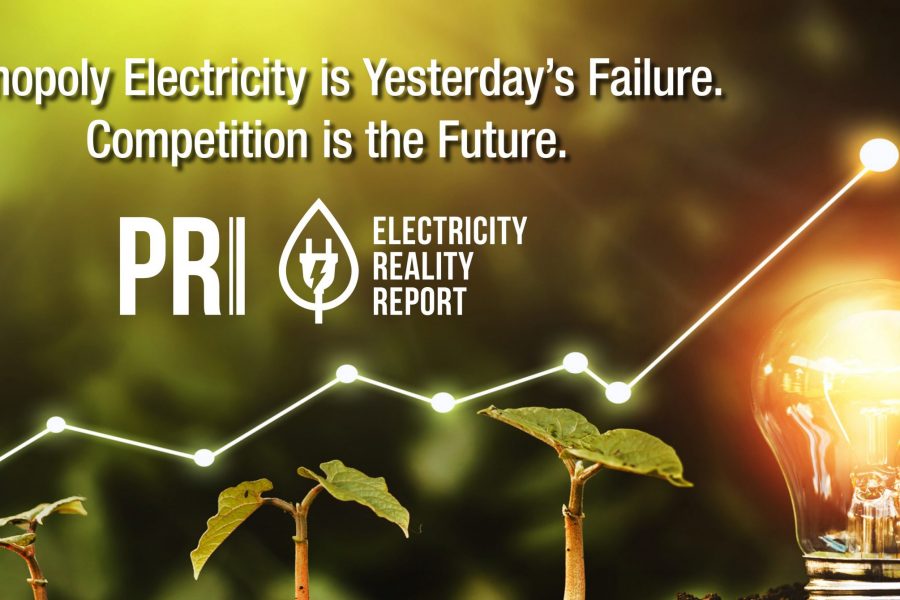A new study from the University at Texas, Austin documents the state of electricity competition in the U.S. with a state-by-state scorecard ranking the competitiveness of each state’s market.
PRI’s Electricity Reality Report and accompanying study has shown how electricity competition is key to giving Americans the reliable, affordable, and clean electricity they are seeking.
Dr. Wayne Winegarden, PRI senior fellow in business and economics, says that, “government electricity monopolies deprive consumers of choice and lower costs, while preventing power suppliers from providing cheaper and more reliable service.”
In contrast, he says, “competition will bring more affordable service and help us better address climate change.”
The UT-Austin scorecard bears this out.
As the scorecard’s co-author, Dr. Joshua Rhodes with the Webber Energy Group at UT-Austin told us recently on PRI’s Next Round podcast, the goal of the scorecard was to shine a light for Americans about how the energy they rely upon to live their daily lives is actually financed. Much is influenced – typically negatively – by government policy.
“Most people just know how they write a check to a utility or service provider at the end of the month,” he said, “but there’s a whole range of events that happen upstream including regulatory processes and public utilities commissions that determine how the market is set up, all the way up to which fuels are being burned in power plants and which types of things are being built.”
Rhodes noted that in the past, when electricity power service first commenced and grids were being set up, power companies were regulated government monopolies, given exclusivity over a local area in exchange for agreeing to government regulations, such as what they could charge customers.
“With the advance of technologies and the ability to move power over long distances, we no longer need a local utility to handle our power needs,” he said. “We became cities connected to each other and regions connected to each other . . . and it became apparent that there could be some efficiencies to gain if we opened up certain parts of the system to competition.”
An example of this is the wholesale market. “Multiple companies can build or operate power plants in a given region,” he says, “then they have to compete in terms of who is providing the cheapest service to meet supply and demand at all times.”
In the retail market, “individual homes and businesses can choose who they want to buy their electricity from . . . different service providers can provide more renewable energy or a product that provides free nights and weekends.”
How does California fare on the scorecard? Surprisingly well. The Golden State actually earned a B grade. Rhodes explains why.
“California’s power plants do generally have to compete amongst themselves in the CA-ISO region and there are some levels of retail competition, for industrial and commercial use.”
One big knock on California’s market, however, is that there is generally not much retail competition available to residential customers.
The evidence is growing that if California is going to make progress in achieving the state’s clean energy goals, competition must continue to be an important part of the state’s energy future.
Tim Anaya is the Pacific Research Institute’s senior director of communications and the Sacramento office.


